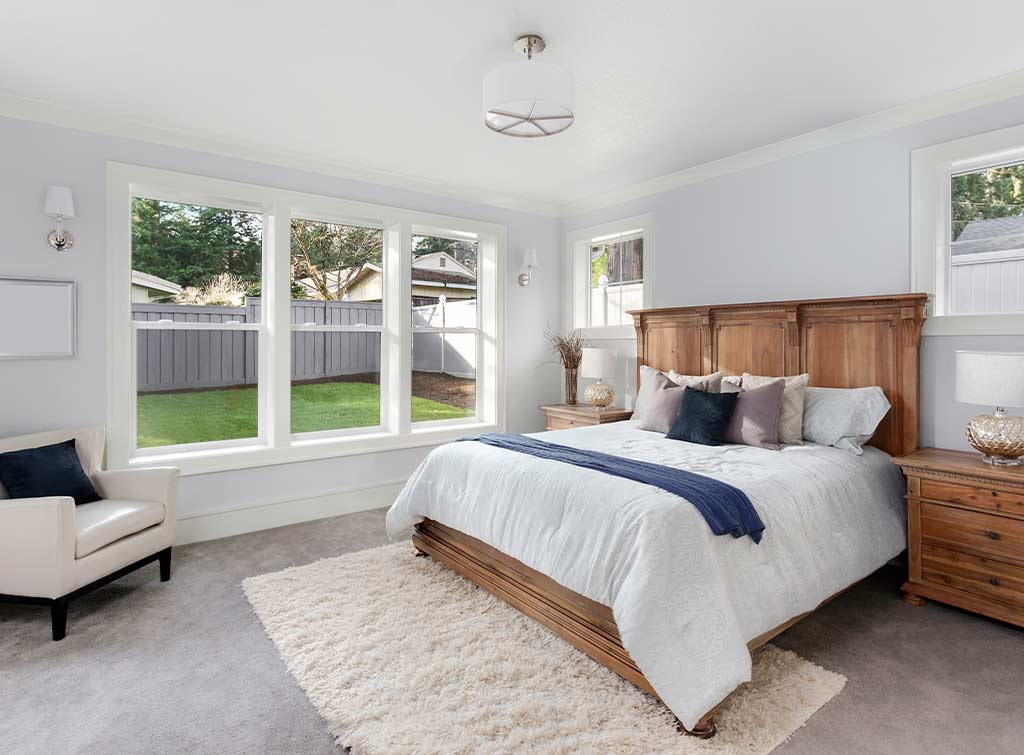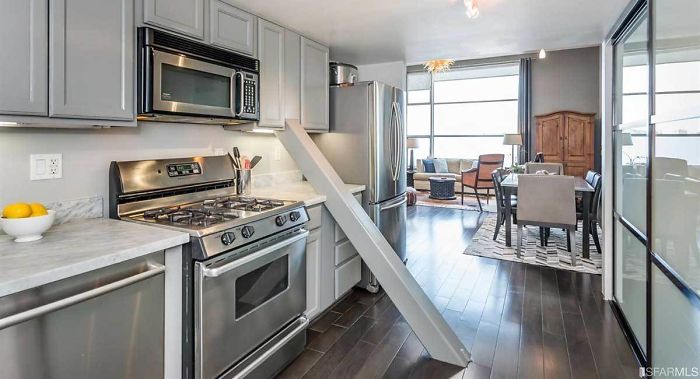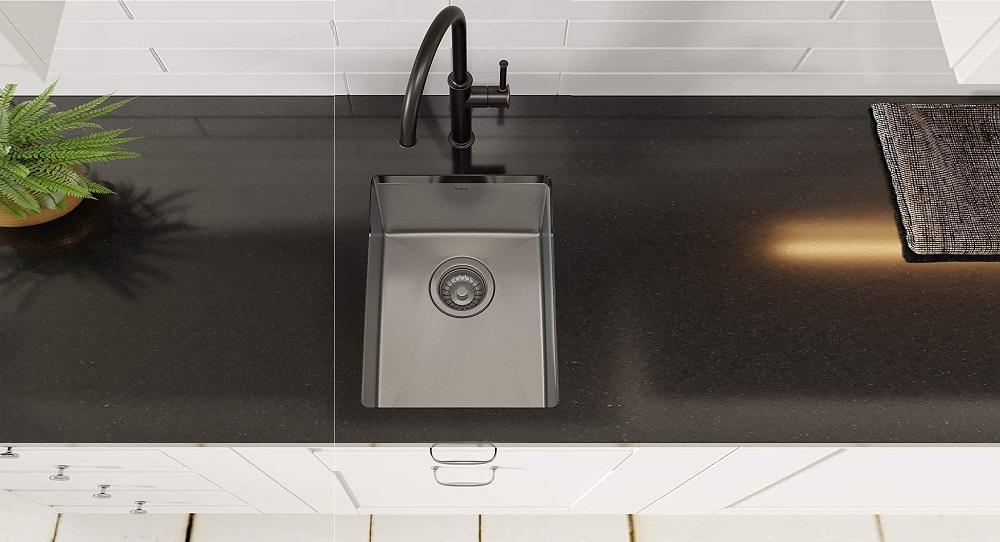Poultry House Design is a complex process which requires taking into account several important factors. When it comes to layer/breeder farms, the poultry house design should focus on providing the birds with the right spacing and environment for healthy egg production. Additionally, these poultry houses should feature designs that are highly comfortable for the birds and that allow efficient management of egg production, egg harvesting, manure disposal and waste collection. The most common type of poultry house design for layer/breeder farms is confinement housing, which involves a complete enclosure of the birds in houses for the purpose of egg production and egg harvesting. These poultry houses require complete, well-ventilated poultry houses, to ensure the birds are protected from extreme weather conditions and that they are kept healthy. Furthermore, the design should include enough ventilation to allow for proper air circulation and to reduce humidity and heat in the house. To ensure the birds have enough space in the confinement system, it’s important to include adequate perches and laying boxes — usually, depending on breed, 18 inches (45 cm) of box space and 10 inches (25 cm) of perch space is recommended. Additionally, the poultry house design should include enough windows for fresh air and sunlight to enter the houses and the nests should be concealed, so that the birds don’t have to be exposed to sunlight in order to lay eggs. Poultry House Designs for Layer/Breeder Farms
When it comes to poultry house design for broilers and turkeys, the focus is usually on producing a large number of chickens or turkeys in a relatively short amount of time. This means that poultry house designs for broilers and turkeys usually involve a confinement system, which includes dreads that prevent the birds from escaping the house, as well as feeders and troughs. Additionally, these poultry houses require enough ventilation to prevent the birds from overheating and to keep air quality at appropriate levels. Furthermore, these poultry houses should provide enough space for the birds to move freely and to interact with each other. Generally, poultry houses for broilers and turkeys should have a minimum space of 1.2 sq. ft. per bird — in the case of commercial poultry, up to 1.7 sq. ft. per bird could also be provided. Additionally, these poultry houses should be well-ventilated and provide ample light for the birds. Poultry House Design for Broilers and Turkeys
When it comes to optimal egg production, it’s important to design poultry houses that provide a steady, controlled environment. These poultry houses usually involve the use of mechanical ventilation systems, which aim to provide the birds with the right environment for optimal egg production, as well as to ensure good air quality in the poultry houses. Controlled environment poultry houses should include adequate insulation and temperature control, as well as sufficient ventilation systems that are capable of exhausting contaminated air and drawing in fresh air. Additionally, these poultry houses should feature air-conditioning systems that make sure the temperature and humidity remain at the right levels. These systems should be carefully designed to ensure even air distribution and to prevent the birds from being exposed to temperatures that are too high or too low. Design of Controlled Environment Poultry Houses
Small-scale poultry house design usually involves the use of mobile houses, which are designed to be easily moved and installed. These mobile poultry houses are an efficient way to house and manage small flocks of birds and generally, they are quite affordable. These poultry houses tend to be more lightweight and simpler than typical poultry houses, and they usually include enough space for the birds to move freely and to facilitate egg production. Furthermore, these mobile poultry houses should be insulated to protect the birds from extreme temperatures, as well as to ensure efficient energy management. The ventilation system should also be designed to provide the birds with adequate fresh air. Small-scale Poultry House Design
Free range poultry house design entails creating a house that is specifically designed to provide the birds with access to the outdoors. This type of poultry house should include adequate outdoor space for the birds to roam and to feed on insects and other organic material. Additionally, this type of design should provide shelter and protection from predators, as well as protection from extreme weather conditions. Free range poultry house designs should be well-ventilated, so that the birds don’t overheat and that fresh air is accessible inside the house. Additionally, these poultry houses should be designed to allow for plenty of light to enter — usually, this is done through skylights or windows. The space should also be properly insulated to reduce energy loss and ensure efficient temperature management. Free Range Poultry House Design
Modern cage and free range poultry house designs are designed to combine the benefits of both cages and free range poultry houses. These types of poultry houses usually feature efficient ventilation systems, allowing birds to get access to fresh air in an enclosed environment. Additionally, these poultry houses should include adequate artificial lighting in order to reduce aggression between birds and to ensure the birds have enough light for efficient egg production. Furthermore, these modern cage and free range poultry houses should include sufficient bulb points, which should be spread throughout the house to ensure even light distribution. This type of design should also provide the birds with enough space to move around, as well as space to eat and drink and to interact with each other. Modern Cage & Free Range Poultry House Design
Poultry farm shed designs focus on providing housing for large numbers of chickens, usually on a commercial basis. These designs should include enough space to allow for efficient management of the poultry, as well as efficient storage of feed, eggs and manure. Additionally, these poultry farms should feature efficient insulation and ventilation systems to ensure the birds are comfortable and healthy. Poultry farm shed designs should provide enough lighting to allow for proper activity and to ensure the birds are not exposed to too much heat. Furthermore, the poultry houses should be designed to facilitate easy cleaning and maintenance. Finally, these poultry houses should provide the birds with enough space to move around freely and to interact with each other. Poultry Farm Shed Design
When it comes to designing poultry houses, layouts and designs are important not only for efficiency and comfort, but also for animal welfare. Poultry house layouts should focus on providing birds with enough space to move around, to eat and to interact with each other. Additionally, these houses should be designed to facilitate easy egg collection, as well as efficient waste and by-product management. When designing the layout of the houses, it's often helpful to think of the poultry house as a rectangle — this generally makes it easier to divide the space into individual compartments for efficient space management. Additionally, the layout should facilitate easy access to the birds, in order to check for health issues, as well as to collect eggs. Poultry House Layouts and Design
The design of poultry farm buildings requires taking into account key factors such as space management, ventilation and hygiene needs. These poultry farms should have an efficient and effective ventilation system, which ensures the birds are well-ventilated and healthy. Additionally, the design should include pest control measures to prevent the spread of infections, as well as measures to reduce noise and odors. When it comes to air circulation, it’s important to include modern air circulation systems to ensure the poultry farm building is well-ventilated. Additionally, the design should include enough windows for natural light to enter the farm and enough fan points to keep the birds cool. Finally, the design should also include measures to protect the birds from noise and odors that come from outside the farm building. Poultry Farm Building Design
Designs for laying hen houses should focus on providing the birds with the right amount of space and comfort to lay eggs. Generally, these poultry houses should include enough space for the birds to move around, as well as enough perches for them to rest on. Additionally, these hen houses should include enough nests to ensure each bird has access to a safe and comfortable place to lay its eggs. Furthermore, the laying hen house should be designed with enough ventilation to ensure the birds are well-ventilated and healthy. Additionally, these designs should include enough windows for natural light to enter the house, as well as control panels for regulating the temperature and humidity levels. Finally, the design should also include pest control measures, in order to keep the poultry disease-free. Designs for Laying Hen Houses
Portable poultry house designs are ideally suited for small flocks or hobbyists who want to move their poultry to different locations throughout the year. These types of poultry houses should be lightweight and comfortable for the birds, while still providing the right amount of space. Additionally, they should be designed with efficient insulation, as well as enough ventilation to keep the birds healthy and well-ventilated. Furthermore, these poultry houses should feature efficient pest control measures, such as screens or netting, to keep out insects and other pests. Finally, the ventilation systems should be designed to draw in fresh air while expelling contaminated air, in order to keep air quality at adequate levels. Portable Poultry House Design
What to Consider Before Choosing a Poultry Farm House Design
 Home-made chicken coops provide an important element of proudly owning chickens by offering them a secure house where they'll lay eggs and get the protection they need.
Poultry Farm House Design
can be very daunting, especially for those who have limited experience in building one. With the right planning and preparation, however, the process of designing and building your own chicken coop can be very rewarding.
When constructing the
Chicken Farm House
, there are a few important factors to consider. The size of the coop should be large enough to provide ample space for the chickens to roam freely and comfortably. Make sure the coop has enough air flow and ventilation for the birds to stay cool in summer and warm in winter. Keep in mind the better the ventilation, the fewer insects will try to enter the coop.
Another factor to consider is the connection of the coop to the outside environment. For safety's sake, ensure that the chicken coop doors open inwards to make them more difficult for predators to open. Additionally, ensure that the coop is well-insulated to keep the chickens warm in colder weather.
When it comes to designing the interior of the coop, provide enough roosting space for the chickens and lots of nesting boxes for them to lay their eggs.
Poultry Farm House Design
should also be cozy and comfortable enough for the chickens. This includes providing plenty of bedding material such as straw, wood shavings, or cedar chips as well as a scratching post.
Finally, make sure to provide adequate space for the chickens to get in and out of the coop as well as plenty of access to fresh food and water. A proper set-up will help ensure that your chickens stay healthy and happy in their new home.
Home-made chicken coops provide an important element of proudly owning chickens by offering them a secure house where they'll lay eggs and get the protection they need.
Poultry Farm House Design
can be very daunting, especially for those who have limited experience in building one. With the right planning and preparation, however, the process of designing and building your own chicken coop can be very rewarding.
When constructing the
Chicken Farm House
, there are a few important factors to consider. The size of the coop should be large enough to provide ample space for the chickens to roam freely and comfortably. Make sure the coop has enough air flow and ventilation for the birds to stay cool in summer and warm in winter. Keep in mind the better the ventilation, the fewer insects will try to enter the coop.
Another factor to consider is the connection of the coop to the outside environment. For safety's sake, ensure that the chicken coop doors open inwards to make them more difficult for predators to open. Additionally, ensure that the coop is well-insulated to keep the chickens warm in colder weather.
When it comes to designing the interior of the coop, provide enough roosting space for the chickens and lots of nesting boxes for them to lay their eggs.
Poultry Farm House Design
should also be cozy and comfortable enough for the chickens. This includes providing plenty of bedding material such as straw, wood shavings, or cedar chips as well as a scratching post.
Finally, make sure to provide adequate space for the chickens to get in and out of the coop as well as plenty of access to fresh food and water. A proper set-up will help ensure that your chickens stay healthy and happy in their new home.































































































